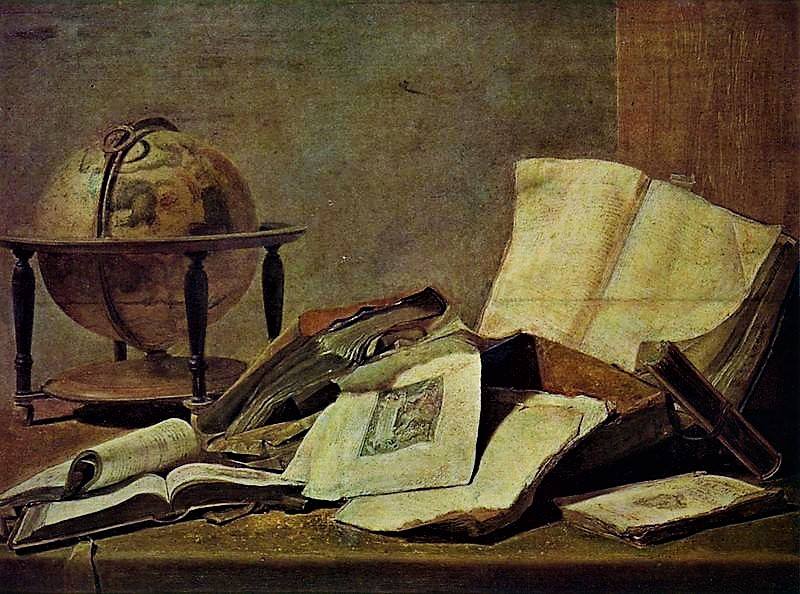Introduced by the Spaniards. the gladius short sword became the primary weapon used by Roman foot soldiers. Based on an early Celtic design, the gladius dates to BC 500. In BC 361, the Roman historian Livy writes of consul Titus Manlius Torquatus using a gladius in single combat. Despite being smaller than the Gallic soldier he faced, Titus Manlius took advantage of the sword’s short blade to strike multiple blows to the stomach and groin.
The gladius had a 27-inch blade with a v-shaped tip, making it ideal for stabbing. Stabbing wounds, especially when inflicted in the abdominal area, usually prove fatal. The sharpened blade also made it an excellent weapon for slashing and hacking. When combined with the scutum (large shield), the small sized gladius, created a lethal combination. The scutum provided defense (to block and parry attacks), freeing the gladius to stab and hack.
Roman infantry practiced in large phalanx type elements, but soldiers knew combat would soon degenerate into close quarter one-on-one combat. The gladius, an ideal stabbing and thrusting weapon, proved ideal for closed rank infantry fighting. The attacker usually led with a body-slam, using the shield to knock opponents off-balance. The attacker then followed up with quick thrusts to the abdominal area.
Despite minor changes, the gladius remained Rome’s primary weapon until the third century. Changes in tactics favored a more open quarters form of warfare, which rendered the gladius obsolete. By the 7th Century the longer spatha replaced the gladius as the primary European infantry weapon. The spatha evolved into the Viking long sword used until the 10th Century. The design again changed, eventually becoming the medieval sword associated with 10th and 11th Century knights.
http://www.strongblade.com/history/romangladius.html
Jan Petersen in De Norske Vikingsverd (“The Norwegian Viking Swords”, 1919)
